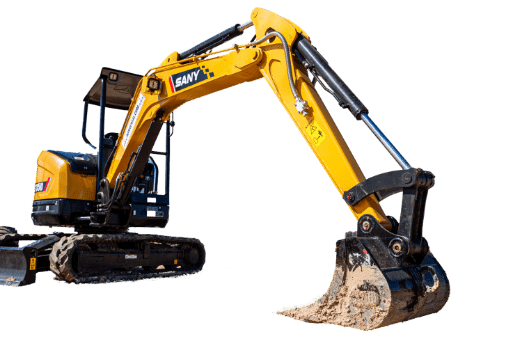Forklifts, the unsung heroes in numerous industries, are not just about power and maneuverability; they’re also marvels of physics at work, particularly when it comes to their fulcrum point. But why is the fulcrum point so crucial in a forklift, and how does it influence the machine’s overall performance? This pivotal point is key in ensuring optimal weight distribution, a fundamental factor in forklift stability. It becomes especially important when dealing with an oversize or wide load.
Understanding the fulcrum point helps operators master the art of balancing these loads efficiently, maximizing safety and efficiency. Let’s dive deeper into this essential element and uncover how it underpins the effectiveness and safety of every forklift operation!
The Fulcrum Point: A Simple Explanation
At its core, the fulcrum point of a forklift is its balancing act maestro. This central pivot point is where the magic of equilibrium happens – a delicate dance between the counterweight and the load. It’s this pivotal point that determines the forklift’s capacity to manage loads safely and efficiently.
Understanding the fulcrum point is key to comprehending the forklift’s actual capacity, especially when maneuvering such a load. This balance is critical not just for lifting heavy loads but for maintaining stability and safety during operation. Let’s unpack the simplicity and significance of the fulcrum point, and how it plays a starring role in every forklift’s performance.
The Fulcrum and the Seesaw Principle
Imagine a forklift as a playground seesaw, where balance is the key to seamless operation. The fulcrum of this industrial seesaw is the forklift’s front axle. On one side of this pivotal axis, you have the counterweight, strategically positioned at the rear of the forklift. On the other side are the forks, tasked with lifting and carrying the load.
This setup creates a delicate balancing act. The counterweight and the load act as opposing forces, with the fulcrum sitting in between. To maintain stability and prevent the forklift from tipping forward, especially when there’s excessive load movement or gravity shifts, the counterweight must exert a greater force than the load. It’s a constant dance of equilibrium, ensuring that the forklift remains grounded and safe, even as it lifts and moves heavy loads. Understanding this balance is crucial to operating a forklift safely and effectively, preventing the risks associated with imbalance and tipping.
Understanding Load Center and Load Side
In the world of forklifts, understanding the load center and load side is crucial for safe and efficient handling. The load center is essentially the distance from the face of the forks to the center of gravity of the load. This point is pivotal, both literally and figuratively, in the realm of load capacity calculations. It’s where the maximum load shifts forward and where the balance pivots.
On the flip side, the load side refers to the horizontal span of the load – the distance from one edge to the other. Imagine a standard pallet, typically 48 inches by 48 inches. When loaded evenly, the center of this pallet, at 24 inches, becomes the load center – the critical pivot point for balancing the load. This concept is vital in understanding how a forklift interacts with different loads and why maintaining the center of gravity within the load center is key to preventing tipping and ensuring safe operation.
Working of Forklifts: Fulcrum and Counterbalances
The intricate dance of a counterbalanced forklift revolves around the mastery of load centers and counterbalances. At the heart of this engineering marvel is the load center distance, a crucial fulcrum point where the load and load sides converge. This point is not just a physical location; it’s the pivotal axis of the forklift’s functionality.
Counterbalance is the act of offsetting a weight with another, ensuring stability and balance. In forklift operations, this principle comes to life as the forklift uses its own weight to balance the load’s weight. It’s a meticulous calculation of the load moment – the product of the load’s weight and its distance from the fulcrum.
The dynamics between the loaded and unloaded forklift’s center of gravity are crucial. They dictate not just the capability to lift but also to maintain equilibrium. By leveraging the interplay of load centers, load sides, and counterbalances, forklifts are transformed into efficient, powerful tools capable of handling hefty loads with grace and precision.
Determining a Forklift’s Safe Load Capacity
When it comes to operating a forklift, determining its safe load capacity isn’t just a suggestion – it’s a necessity for ensuring the safety of both the operator and the workspace. This critical calculation helps prevent the dangers of overloading, a common cause of accidents in material handling.
A forklift’s load capacity must be carefully calculated and adhered to. This involves considering the weight distribution of each load and ensuring it aligns with the forklift’s designated capacity. The forklift load center, acting as the fulcrum point, is where the weight of the load and its distribution on the load side converge.
In practice, this means that a loaded forklift must never exceed its maximum load capacity, as indicated by its load center. This balance is vital for maintaining stability and preventing the forklift from tipping. By respecting these parameters, operators can handle loads safely, efficiently, and within the mechanical limits of the forklift, ensuring both productivity and safety in the workplace.

The Importance of Load Center Guidelines
Following load center guidelines isn’t just a recommendation, it’s a critical component of safe forklift operation. These guidelines are the linchpin in ensuring the balance of the forklift’s capacity load, directly impacting the stability and safety of both the machine and its operator. Overlooking these rules or adding an attachment without the manufacturer’s approval can have serious consequences. Such oversights can not only cause damage to the forklift but also significantly increase the risk of it tipping forward under an unbalanced load weight.
In essence, adhering to these guidelines is not just about compliance – it’s about safeguarding the well-being of operators and maintaining the integrity and longevity of the forklift.
Forklift Load Capacity Calculation and Its Benefits
Mastering the art of forklift load capacity calculation isn’t just a technical necessity, it’s a vital practice that reaps multiple benefits. First and foremost, understanding forklift load center calculations is key to preventing health hazards and operational accidents. This knowledge empowers operators to gauge the true capacity of their forklift, ensuring loads are evenly distributed and positioned to maintain balance.
This understanding plays a critical role in preventing forklifts from tipping forward, a common and dangerous scenario when loads are mishandled or miscalculated. By accurately determining the load capacity, operators can not only load their forklifts safely and correctly but also optimize their efficiency and longevity. In essence, load capacity calculation is more than a safety measure; it’s a cornerstone of proficient forklift operation, merging safety with productivity.
The Forklift Stability Triangle
The concept of the stability triangle in forklift operation is a game-changer, particularly when it comes to navigating the challenges of different seasons. As outlined in FEMA’s best practices for cold weather operation, the stability triangle is an essential tool in determining how much weight a forklift can safely handle. This triangular framework is crucial for assessing the forklift’s lifting capacity in various conditions, ensuring that the machine remains stable and the operators are safe.
By adhering to the stability triangle guidelines, operators can make informed decisions about load capacities, confidently knowing that they are within safe limits. This approach not only helps in preventing accidents but also in maintaining the forklift’s integrity during challenging weather conditions. It’s a strategic way to ensure that the load capacity is never exceeded, thus safeguarding the operators from potential harm or injury.
Forklift’s Capacity Calculation: An Essential Task
Calculating a forklift’s capacity is not just a routine task, it’s a critical element of ensuring safe and efficient operation. An incorrect assessment of forklift capacity or an unbalanced weight distribution can have dire consequences, leading to injuries or severe mishaps. The load center plays a pivotal role in these calculations, standing at the heart of how weight distribution critically affects the forklift’s overall balance and stability.
In the realm of forklift operation, understanding and accurately calculating the forklift capacity is paramount. It’s about more than numbers, it’s about ensuring that each load carried is within the safe operational limits of the machine. This careful consideration helps prevent the dangers associated with unbalanced weight distribution, safeguarding both the operator and the equipment. It’s a blend of science and safety, integral to the everyday use of forklifts.

Safety, Efficiency and Beyond
Understanding the fulcrum point on a forklift, load capacity, and load center calculations are essential for the safe operation of forklifts. Load centers are a critical part of load capacity calculation, so make sure you know how to read it from your data plate!
If you need help with calculating load capacities or want more information on forklift safety, don’t hesitate to get in touch with us at AOS Rentals. We’re here to ensure your forklift operations are smooth, efficient, and above all, safe.









